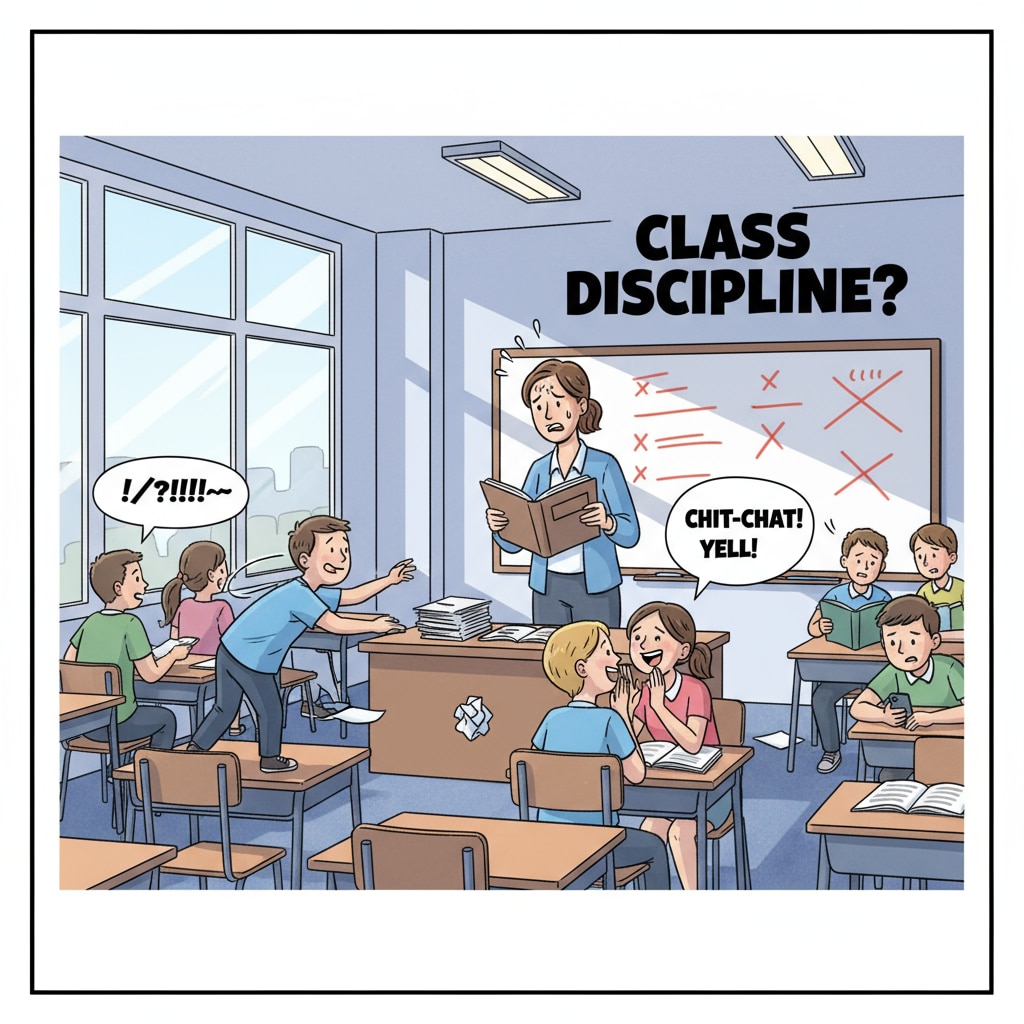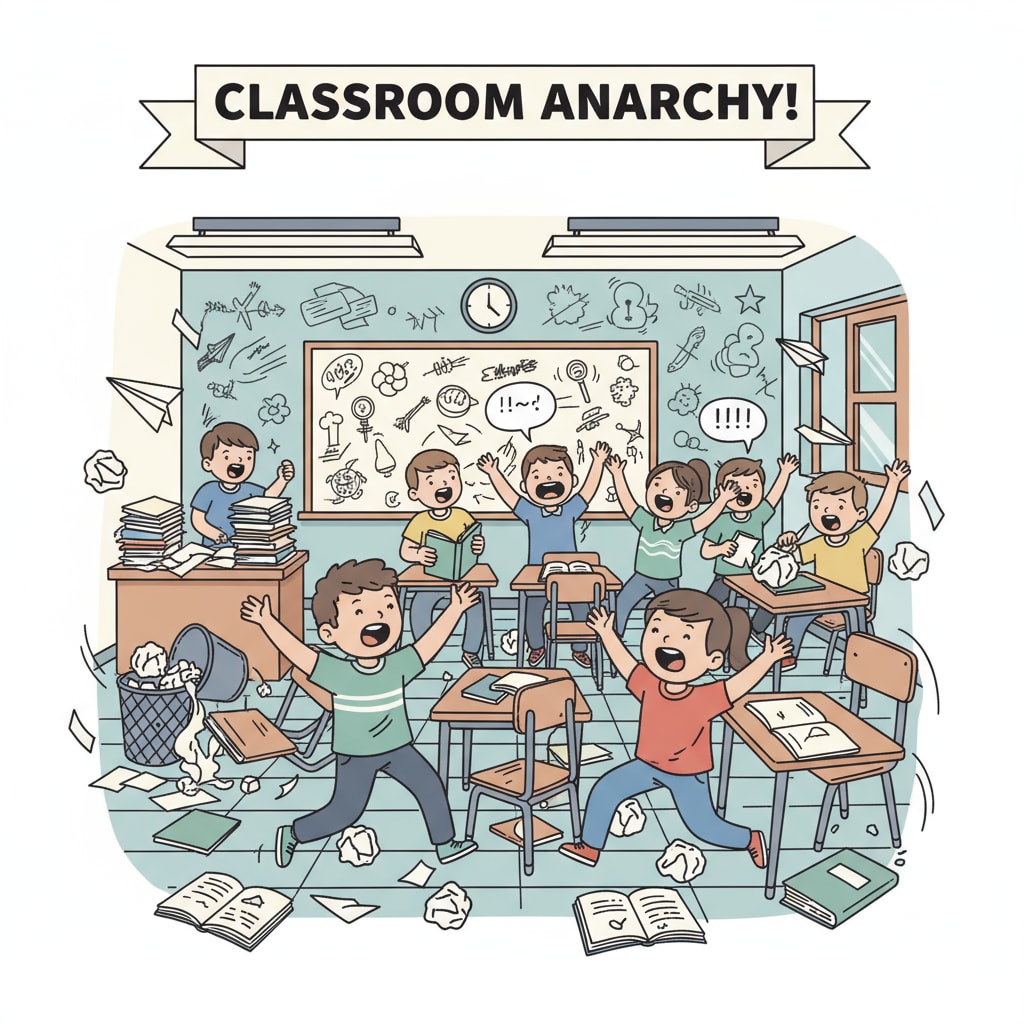In the realm of K12 education, teachers frequently grapple with student behavioral issues, lack of support, and workplace frustrations. It’s a reality that many educators face on a daily basis, and it’s taking a toll on their professional lives.

Teachers are the frontline warriors in the educational battlefield, but they often find themselves fighting these battles alone.
The Burden of Student Behavioral Issues
Student behavioral problems can range from minor disruptions to serious disciplinary issues. These can include talking out of turn, bullying, and even more severe forms of misbehavior. Teachers are expected to manage these situations while also delivering quality instruction. However, this is no easy feat. According to The National Education Association, many teachers feel ill-equipped to handle the complexity of student behavior problems. These issues not only disrupt the learning environment but also take a significant amount of time away from teaching.

The Absence of Support
One of the most significant challenges teachers face is the lack of support. This can come from various sources, including school administration and society at large. School administrators often focus on academic performance and may not provide the necessary resources or training for teachers to deal with behavioral issues effectively. Additionally, society places high expectations on teachers, yet fails to offer adequate support. Teachers may feel isolated and unsupported, which only exacerbates their workplace frustrations. As stated by ASCD, a comprehensive support system is crucial for teachers to thrive in their roles.
The lack of support can have a profound impact on teachers’ mental health and job satisfaction. Many educators experience burnout as a result of dealing with these issues without the proper backing. This, in turn, affects the quality of education they can provide. Teachers who are overwhelmed and stressed are less likely to be able to engage students effectively and create a positive learning environment.
Readability guidance: In this article, we’ve seen how student behavioral issues and lack of support contribute to teachers’ workplace frustrations. By understanding these challenges, we can work towards creating a more supportive environment for educators. Through better training, resources, and a shift in societal attitudes, we can help teachers better handle student behavior and reduce their stress levels. This will ultimately lead to a more positive educational experience for both teachers and students.


